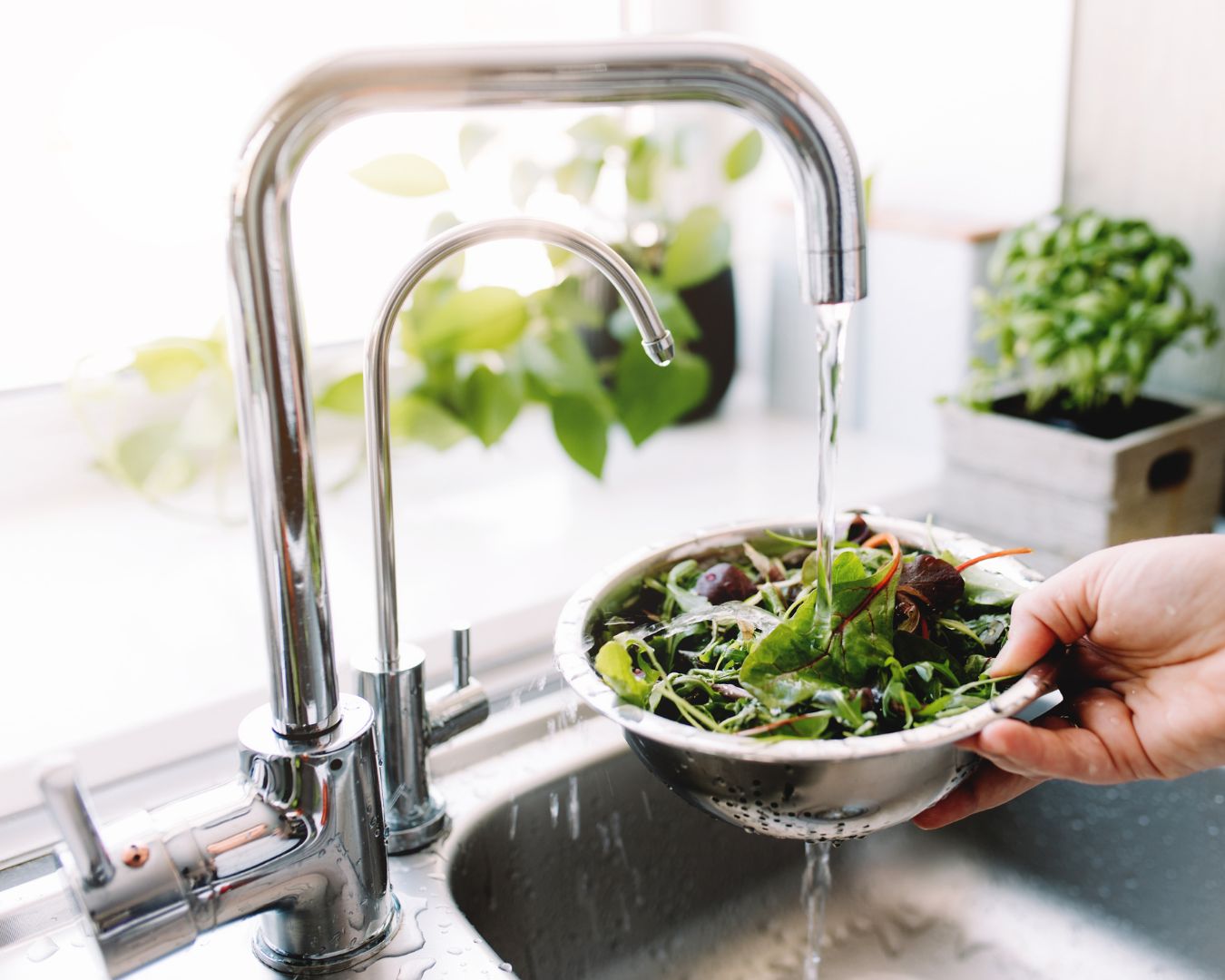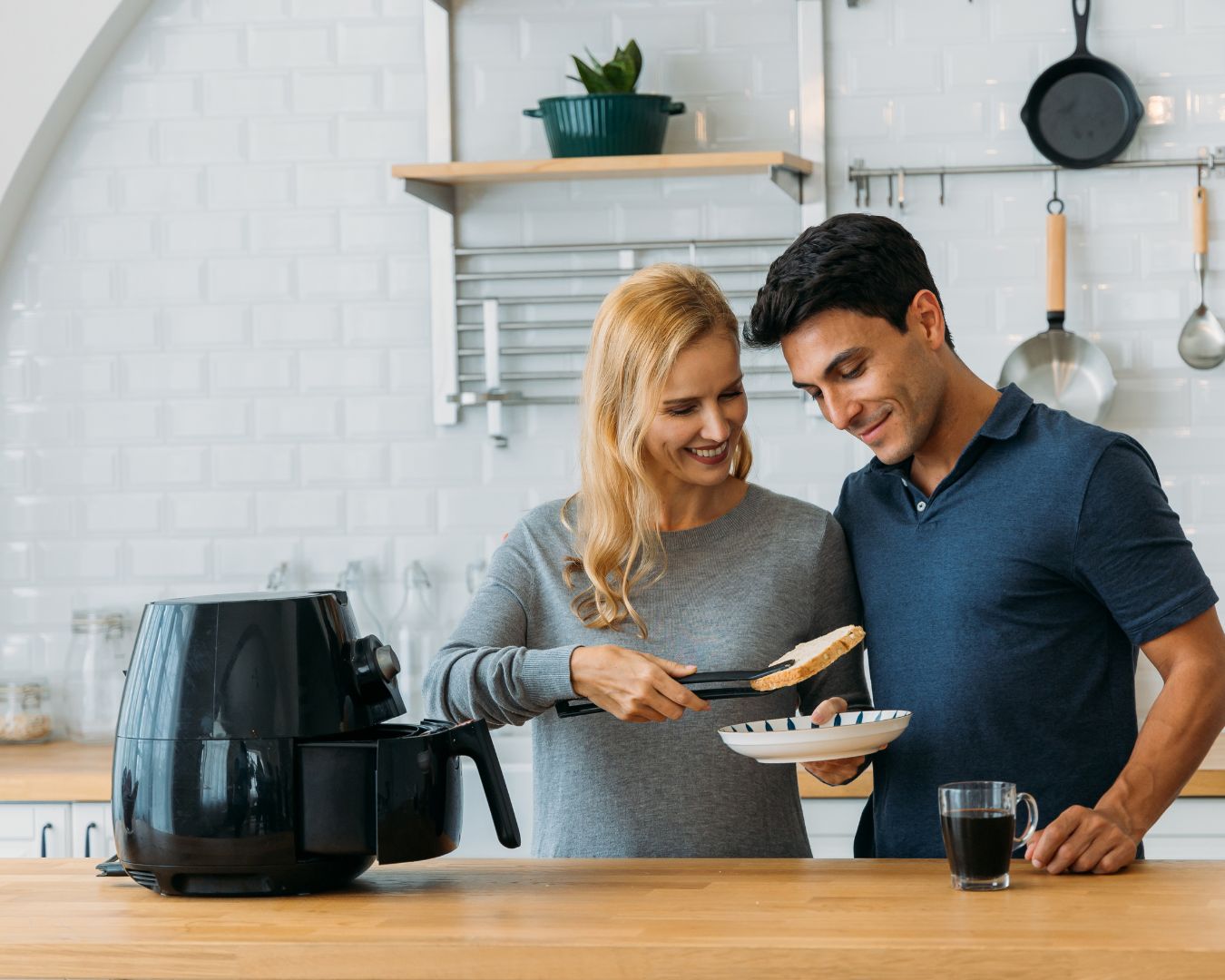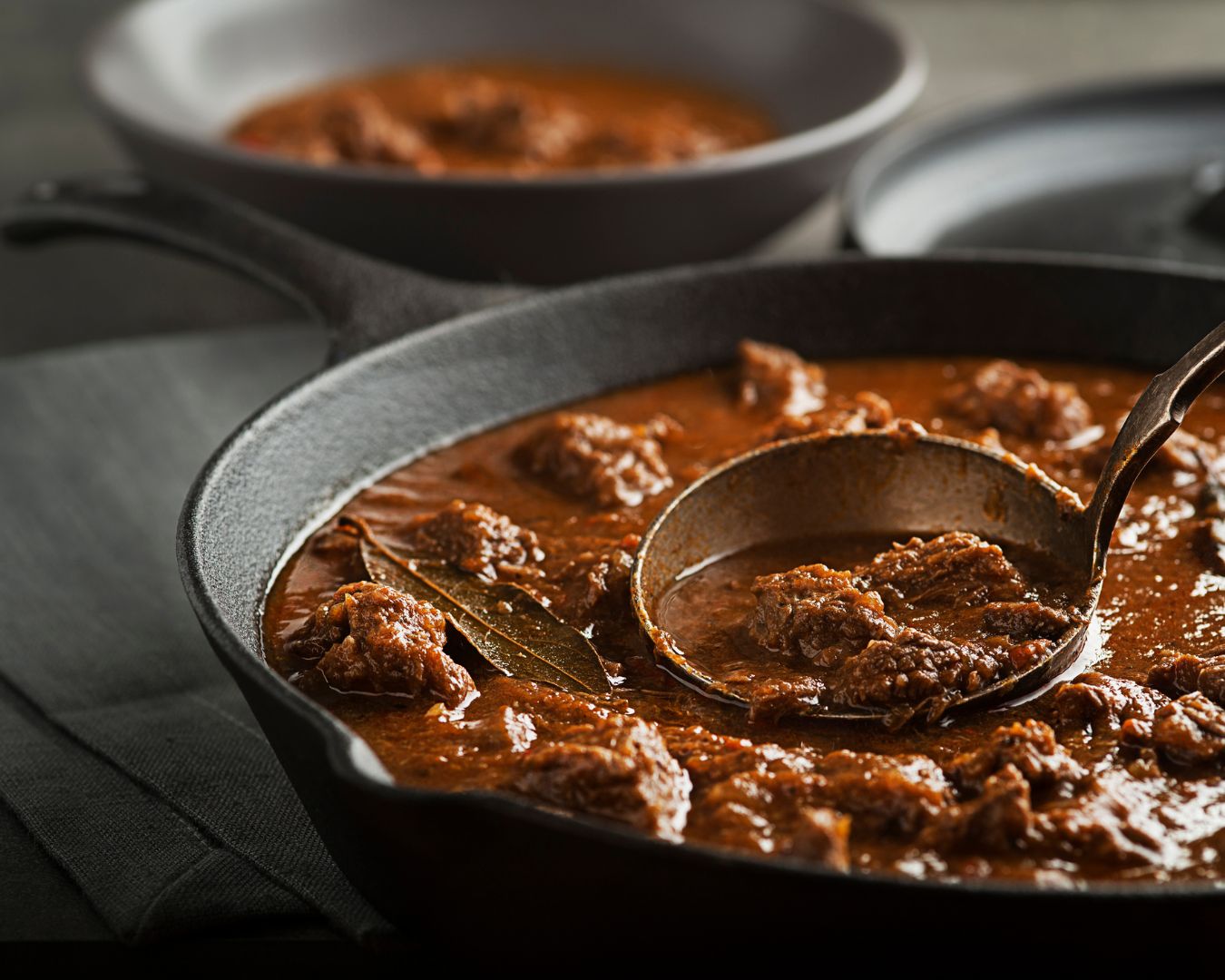Different Ways to Prepare and Cook Leafy Greens
Leafy greens are a powerhouse of nutrients, packed with vitamins, minerals, and antioxidants. Whether you’re a fan of spinach, kale, collard greens, or Swiss chard, there are countless ways to prepare and cook these versatile vegetables. Here’s a guide to help you explore the different methods of bringing out the best in your leafy greens. Sautéing Sautéing is one of the quickest and easiest ways to prepare leafy greens. Simply heat a bit of olive oil or butter in a pan, add minced garlic or onions for flavor, and toss in your greens. Cook them over medium heat until they’re wilted but still vibrant in color. A squeeze of lemon juice or a dash of vinegar can add a lovely zing to sautéed greens. Steaming Steaming is a gentle cooking method that preserves the nutrients and bright color of leafy greens. You can steam them in a steamer basket over boiling water or microwave them with a small amount of water. Steamed greens are tender and make an excellent side dish, especially when drizzled with a bit of olive oil and sprinkled with salt. Blanching Blanching involves briefly boiling the greens, then immediately plunging them into ice water to stop the cooking process. This method is great for reducing bitterness, especially in tougher greens like collards or kale. Blanched greens can be eaten as is, or you can sauté or stir-fry them afterward. Raw in Salads Many leafy greens can be enjoyed raw in salads, offering a fresh and crunchy texture. Tender greens like spinach and arugula are perfect for salads, but tougher greens like kale can also be eaten raw if properly prepared. Massaging kale with a bit of olive oil and salt can soften it and make it more palatable. Stir-Frying Stir-frying is a quick, high-heat method that’s perfect for greens like bok choy or Chinese broccoli. The key to a good stir-fry is to cook the greens quickly to retain their color and crunch. Add them at the last minute to your stir-fry dishes, and toss with soy sauce, ginger, and garlic for an Asian-inspired flavor. Braising Braising involves cooking the greens slowly in a flavorful liquid like broth or wine. This method is ideal for tougher greens, as the slow cooking breaks down their fibers, resulting in a tender, flavorful dish. Add ingredients like bacon, onions, or smoked paprika to enhance the depth of flavor. Roasting Roasting greens is less common but incredibly delicious. Sturdier greens like kale can be tossed with olive oil, salt, and pepper, then roasted at high heat until crispy. Roasted greens make a great snack or a crunchy topping for soups and salads. Blending into Smoothies For a nutrient-packed smoothie, blend your leafy greens with fruits, yogurt, and a liquid of your choice. This is an excellent way to incorporate more greens into your diet, especially for those who may not enjoy them cooked. Spinach and kale are popular choices for smoothies, as their mild flavors blend well with fruits. Leafy greens are incredibly versatile and can be prepared in numerous ways to suit your taste preferences and dietary needs. Whether you’re sautéing, steaming, or adding them raw to a salad, these nutrient-dense vegetables are a fantastic addition to any meal. Experiment with these different cooking methods to discover your favorite way to enjoy leafy greens!










